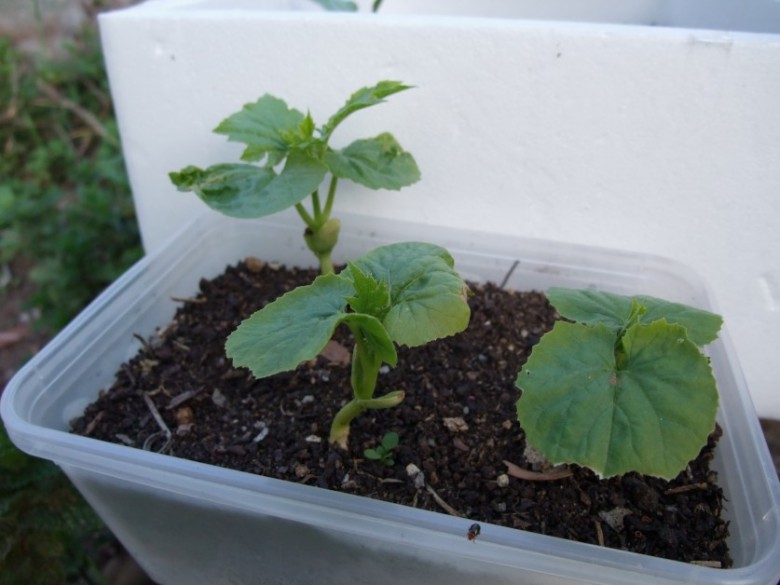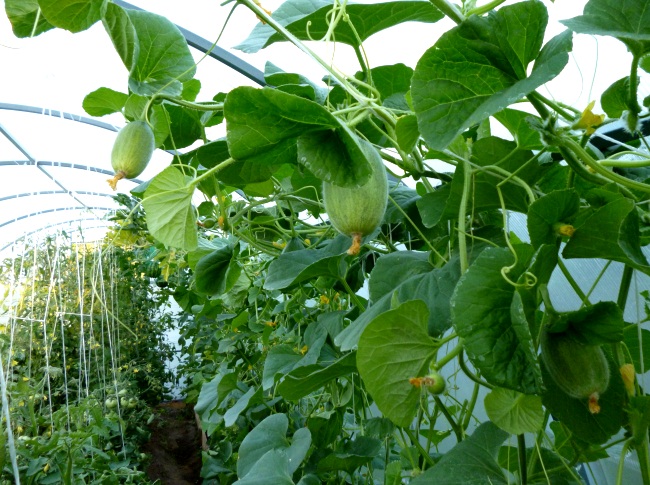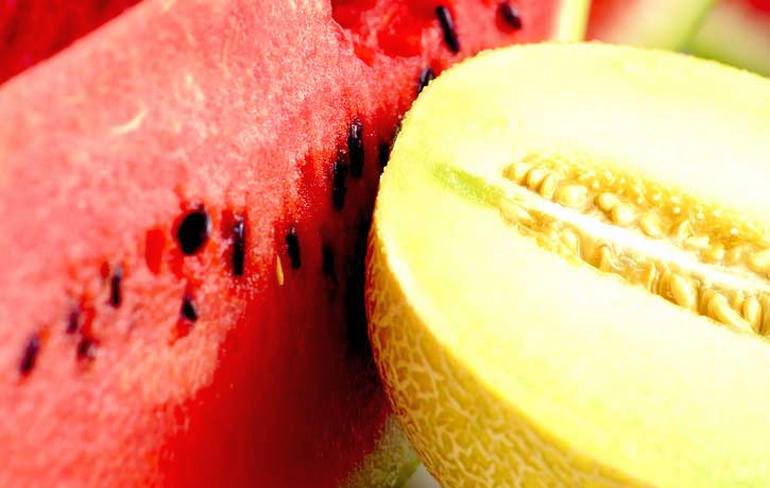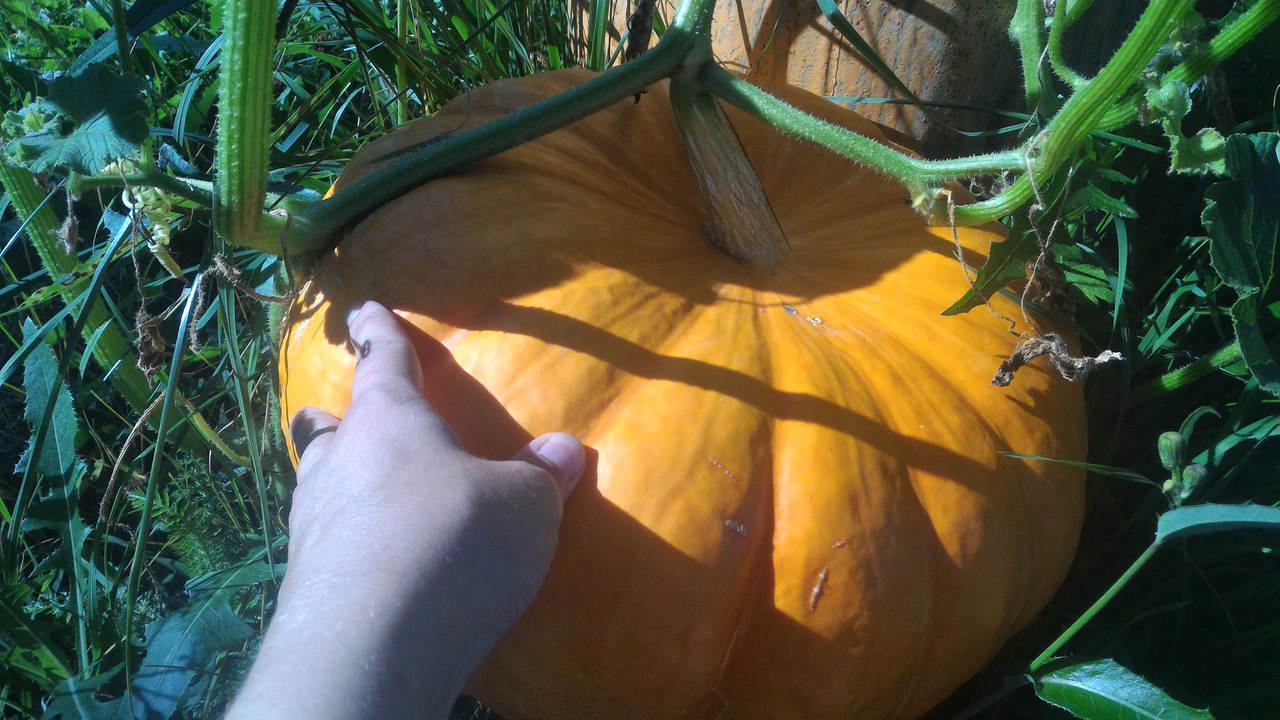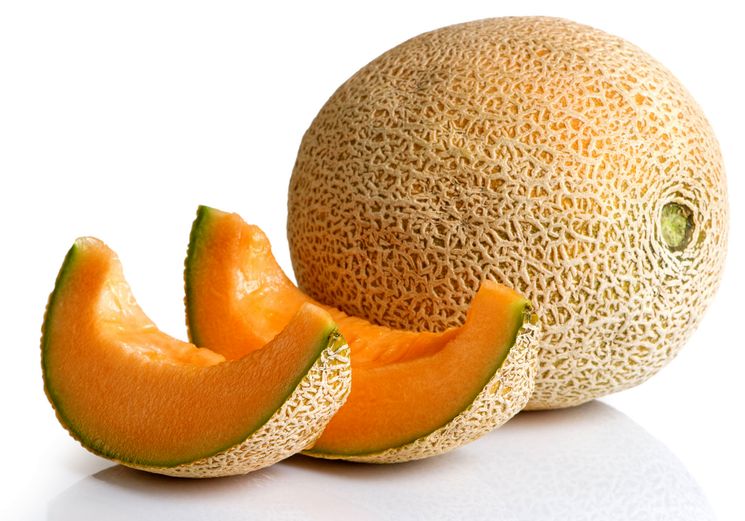Content:
Pinching the melon is an important care step. He will direct all the energy of the bushes to build fruit. Therefore, in order to get a rich harvest that matches the varietal characteristics, you need to know exactly how to pinch the melon correctly.
Havemove for sprouts melons
Melon seedlings need careful maintenance before planting. Young shoots are shed as the soil dries up so that it is always moistened at the root level. If the seeds were planted in peat pots or tablets, they are watered more often.
Important! Melon seedlings need good lighting. If there is not enough sunlight, it begins to stretch, and then it is necessary to think over a method of supplementary lighting (most often phytolamps are used for this purpose).
The seedlings do not need additional fertilizing if they are planted in a nutritious soil containing all the trace elements necessary for growth. If the soil has not been pre-fertilized, you can use complex water-soluble fertilizing.
Melon formation begins already at the seedling stage. The first pinching is carried out during the period when 2 true leaves appear on the seedlings of the culture, it represents the removal of the top, the so-called vershoving. The main feature of the melon is that it yields on lateral shoots, while practically no ovaries are formed on the main stem. Scaling stimulates the development of processes from the lower sinuses of the seedling. After the lateral processes of the seedlings begin to develop actively, they should also be pinched.
Important! Optimal age of seedlings melons for landing on a permanent place is 25-35 days. Too young seedlings do not take root well, and too long can break when planting.
Pstarted the formation of a melon bush in the open field and in the greenhouse
Some time after landing, when the plants take root, you need to make a selection of lashes and select the strongest and healthiest among them. It is they who will be considered the main stems, and all the rest competing shoots must be removed. Regardless of where the melon is grown, it is usually formed in one or two guns... The choice of the most suitable option depends on the vigor and energy of the bush. More of them should not be left, as the plants will not be able to form large fruits.
There are a few general guidelines for how to shape a melon in a greenhouse and outdoors.
- Stepping out. During the whole season, it is important to periodically inspect the plants and promptly remove shoots that will not set fruit.
- Re-edging. It is carried out in the event that the cultivation of melons on a trellis is provided. The main stems are pinched when they reach its height (about 2 m).
- Nipping melon... Here you need to shorten all lateral shoots after 4-5 leaves, depending on the location of the ovaries. This operation is performed simultaneously with re-edging.
- Ovary control. It is also called "blinding". Cutting off excess flowers helps to improve the quality of the crop: the fewer fruits tied on a bush, the larger their size will be. Depending on the characteristics of the cultivated variety, 2-3 pieces are left in large-fruited and 6-7 in small-fruited plants. Flowers are left evenly over the entire height of the plant so that there are large distances between them.In this case, each fruit will receive all the necessary minerals.
Important! When forming a melon, all unnecessary parts of plants should be mercilessly removed, since unnecessary ovaries and non-fruiting shoots take too much strength from the bushes for their growth and development.
Melon vertical cultivation
Melons can be grown in two ways: in the spread (that is, the crop lashes are located on the surface of the planting ridge) or vertically. In the latter case, it is necessary to use a trellis - a wire frame, to which the seedlings of this melon culture are subsequently tied with twine. Horizontal melon cultivation is typical for open ground or low greenhouses, since it would be completely irrational to occupy so much planting area in a greenhouse.
Important! Not every greenhouse is suitable for growing melons on a trellis. The height of the structure must be at least 180 cm.
The wire trellis must first be pulled under the greenhouse ceiling, and 3-4 days after planting the seedlings in a permanent place, they can be tied to it. With the help of natural twine (cord), a free loop is tied under the lower leaves, and its other end is tightened on the trellis. The twine tension should be medium: it should not be pulled too tight (it can pull out a seedling by the root), but it should not hang. As the stems grow, the melon is periodically tied around the cord in a clockwise direction. The advantages of growing this crop on a trellis are obvious:
- all bushes are evenly illuminated by the sun's rays;
- ripening fruits do not lie on the ground. In order to prevent melons from falling and breaking, and the stems from breaking under their weight, the fruits are placed in nets, which are also tied to a trellis;
- plant care is simplified, it is very convenient to carry out root and foliar feeding, watering;
- the risk of fruit rotting and the appearance of late blight decreases.
As mentioned above, the trellis method is used mainly for greenhouses. But in the southern regions of the country with a warm climate, melon cultivation is practiced on a trellis in the open field. To do this, you need to install U-shaped stable supports, stretch the wire in accordance with the planting scheme and tie up the plants. In this case, you need to pinch melons in the open field in the same way as in a greenhouse.
It should be noted that in cold regions, for example, in the Moscow region, in the Urals and in Siberia, you should not even try to grow a melon in this way - in open ground conditions, only the spreading method is possible. Moreover, young plantings need to be covered with a film for several days. In the Moscow region and the middle lane, greenhouse cultivation of a thermophilic culture is recommended due to sharp temperature changes. Polycarbonate is considered the ideal protective material for structures.
Shaping tips melons
Along with the general rules for melon formation, there are several useful recommendations for this event.
- After each pinching of the melon, as a preventive measure, it is recommended to apply crushed coal to the resulting wounds. This is especially true if the formation is carried out in cloudy weather.
- Pinching and removing excess shoots is done manually, without the use of tools. If you wish, you can cut it with garden shears, but they will have to be treated with a disinfectant solution every time, moving from bush to bush.
- The intensity of the pinching depends on the timing of the ripening of the culture: late varieties need correct formation and strict control of the number of ovaries, otherwise the harvest may not wait, and more fruits are left on the bushes of early-ripening melons.
Getting sweet large melon fruits directly depends on the quality of the formation of its bushes. Knowing how to pinch a melon in a greenhouse and outdoors can yield a good harvest even in cooler climates.
